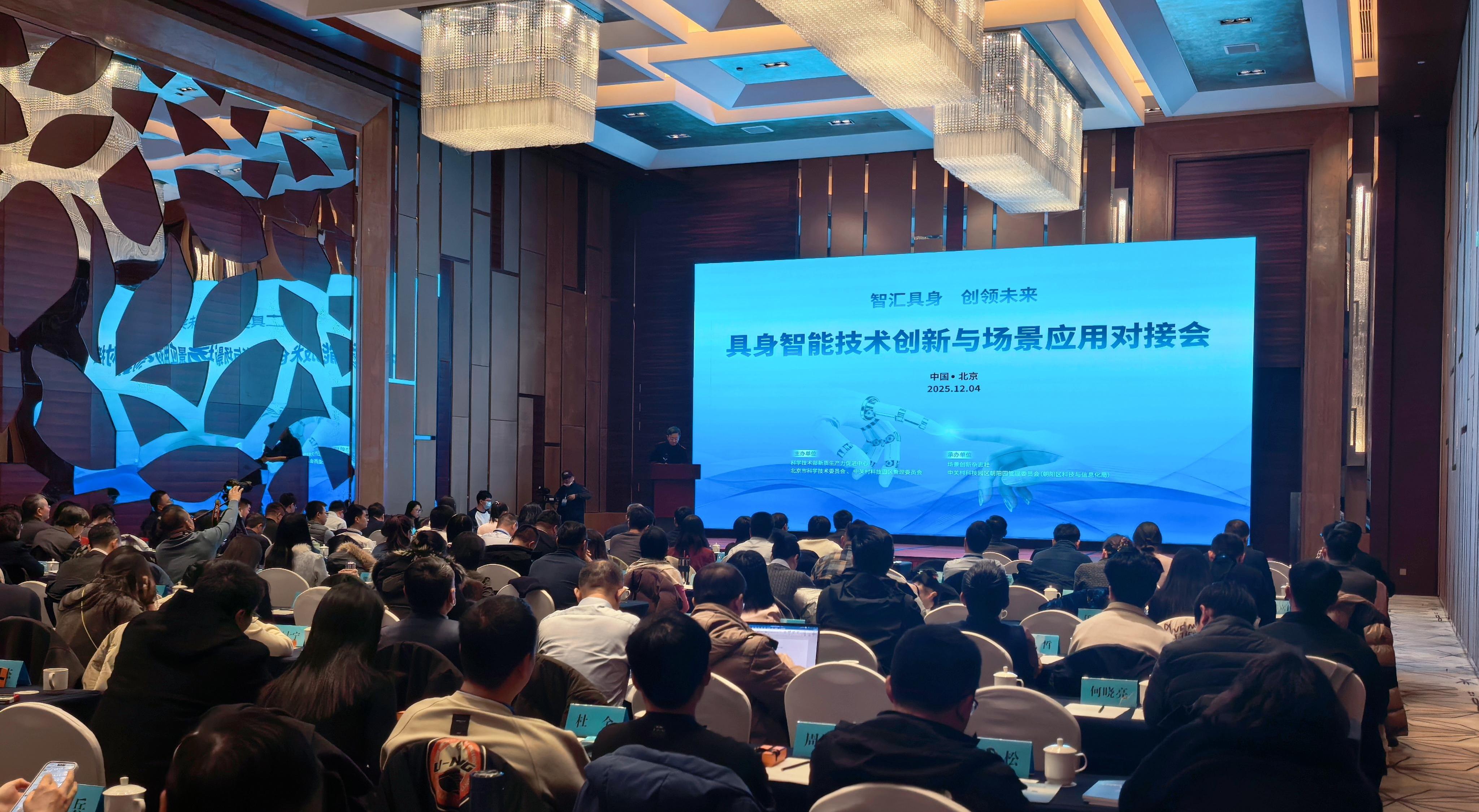Chang'e-6 Off to Bring Samples from Far Side of the Moon
A Long March-5 rocket, carrying the Chang'e-6 spacecraft, blasts off from its launchpad at the Wenchang Space Launch Site in south China's Hainan Province, May 3, 2024. (PHOTO: XINHUA)
By Staff Reporters
On May 3, China's robotic lunar exploration mission Chang'e 6 probe was launched for the far side of the Moon, the world's first scientific mission to collect soil and rocks from that region. The launch marked another milestone in China's lunar and space exploration program.
The probe was aboard a Long March 5 rocket sent off from the Wenchang Space Launch Center in South China's Hainan province. It is on a 53-day journey, the destination being the South Pole-Aitken (SPA) basin on the far side of the Moon. The SPA basin, recognized as the largest, oldest and deepest basin on the Moon, is a huge hole about 2,500 km wide and 8 km deep, with complex geology and high scientific value.
Chang'e 6 will conduct topography exploration and geological detection and bring 2 kg of soil and rocks from the landing site to the Earth. These samples will help to further analyze the structure, physical properties and material composition of the lunar soil, boosting research on the genesis and evolution history of the Moon.
As the Moon never faces the Earth due to tidal locking, the Queqiao-2 relay satellite, launched in March, will support the mission by relaying signals between the ground stations and Chang'e-6.
Chang'e-6 is carrying scientific instruments built by international researchers. These include a radon measuring instrument, marking the first lunar deployment of a French-made scientific device. It will use radon, a radioactive gas, as a tracer to study the extremely thin lunar atmosphere.
In addition, the spacecraft is equipped with the Negative Ions at the Lunar Surface (NILS), a payload developed by scientists from Sweden and the European Space Agency. The NILS is designed to research the impact of solar wind on the electrostatic conditions present on the lunar surface. Besides, a passive laser retroreflector provided by Italy and Pakistan's lunar cube satellite are also onboard and are expected to be launched into space.
A guest from the European Space Agency speaks at a workshop focusing on the international payloads carried by Chang'e-6 in Haikou, south China's Hainan Province, May 3, 2024. Guests invited by the China National Space Administration attended a workshop focusing on the international payloads carried by Chang'e-6. (PHOTO: XINHUA)
A Chang'e 6 International Payloads Workshop was held in Haikou, Hainan's capital, on May 3, with about 50 representatives from 12 countries including Pakistan, France and Italy, embassies in China, and international organizations. They witnessed the launch of Chang'e 6.
"The pace of lunar exploration will not stop." Hu Hao, the chief designer of the Chang'e-6 mission, told Xinhua news agency that Chang 'e-7 and 8 are being developed to further lift the Moon's veil of mystery.







